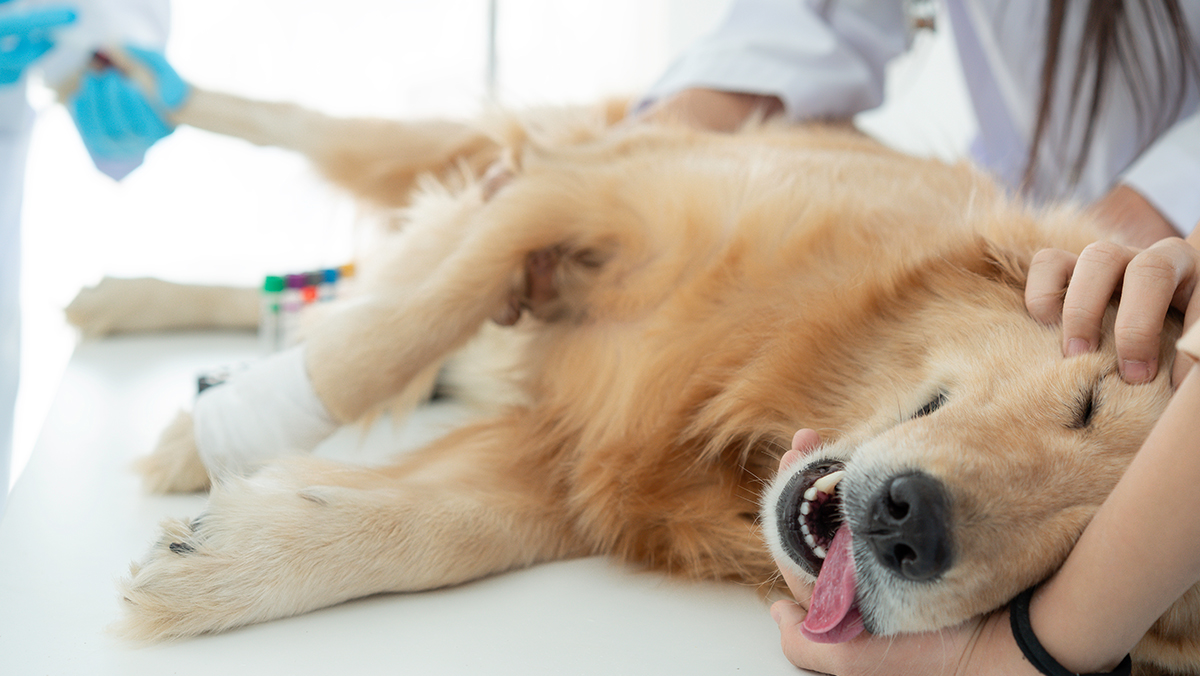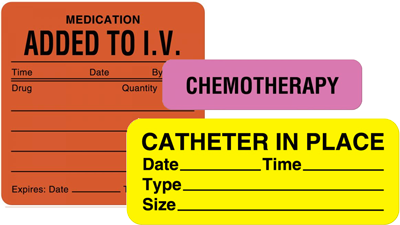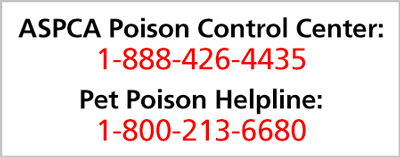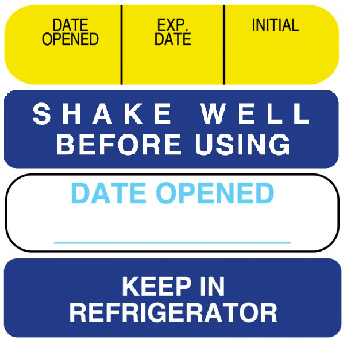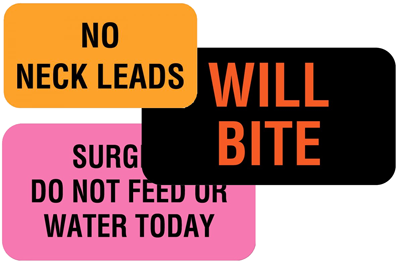When they write the book on the long term impacts of COVID, the increase in pet ownership will be one of the chapters. As people were home, unable to socialize and unsure how the virus would impact them long term, they adopted pets that served as supportive companions. In fact, U.S. households took in almost 9 million dogs and 5 million cats during the COVID-19 pandemic. And now, those supportive companions are members of the family, who receive the same quality healthcare as a child or partner. Unfortunately, the increase in the number of pets coincides with a growing shortage of veterinarians which can make obtaining pet care difficult. So what happens next? When a practice isn’t taking new clients or the pet needs immediate care, consumers often turn to emergency veterinary care instead.
Emergency Veterinary Care Challenges
Yet as the demand for urgent vet services increases, staffing challenges remain. Stacy Pursell, president of The Vet Recruiter, said that about half of all emergency veterinary job openings go unfilled. In addition, according to data from the AVMA Census of Veterinarians and Veterinary Practice Owners, veterinarians saw fewer patients per hour and average productivity declined by almost 25% in 2020, compared with 2019.
Hiring challenges, the increasing patient demand and the overall decline in the number of patients a typical practice sees each day, because of those productivity challenges, underscores two risks:
- The importance of elevating productivity where possible
- Ensuring patient safety isn’t compromised as staff works hard to meet patient demands
Emergency Veterinary Care
As the name implies, a severe event often triggers a visit to an urgent veterinary care service. But not all “emergencies” are an emergency and not all visits to urgent vet care are triggered by a serious incident, perceived or otherwise. That makes triage an important first step.
For a severe event, and if the client calls in route, you can gather the supplies and equipment necessary for treatment. For example, that might include medical devices required for surgery, such as surgical clamps, suction machines and catheters and other supplies like IV line and drug syringe labels to help ensure proper medication dispensing.
In addition, there are other urgent issues when the client asks for assistance but doesn’t want to bring the pet to the office. Ingesting a toxin could fall into that category. Preparing for these situations in advance allows you to serve the client without taking time away from other patients.
For example, printing an emergency vet care label with the following poison control help numbers allows you to quickly provide clients valuable information.
- ASPCA Poison Control Center: 1-888-426-4435
- Pet Poison Helpline: 1-800-213-6680
Urgent Veterinary Care Delivery
Although the level of severity may vary from patient to patient, each one requires a variety of care delivery steps to aid their recovery. But whether the animal requires immediate surgery or can start with a more routine clinical examination, incorporating these steps to the care delivery process will help elevate staff efficiencies and enhance patient safety.
Clinical Examination
Unlike an animal with acute injuries, a seriously ill pet may require a more thorough examination to determine the appropriate treatment regimen. That examination triggers a number of potential next steps including:
- Radiology
- Laboratory Testing
- Surgery
- Pharmacy
- Board & Overnight Care
- And more
Radiology
Radiology systems like IDEXX, SignalPET, Sound Imaging and more allow veterinarians to review x-rays on a monitor and store the files in the cloud. This makes it easy for a practice and the patient to review the files on demand. But if a print out helps to explain a diagnosis, applying a label directly to the document with key information adds clarity and enhances client communication.
Laboratory Testing
In addition to an x-ray, identifying the root cause of the problem may require one or more of the following types of medical tests:
- Clinical Chemistry
- Cytology
- Fluid Analysis
- Hematology
- Histology
- Microbiology
- Serology
- Toxicology
But before the test results are returned to guide care, it’s not uncommon for an error to occur. Typically during the pre-analytical phase, when the laboratory has no direct control over the process, problems including an inappropriate test request, patient misidentification, inadequate sample volume, labeling errors and more, prevent the timely return of accurate information. Although they are simplistic in nature, the errors are often caused by:
- Misplaced labels on vials
- Labels only partially adhering to the vial
- Patient identification information detaching completely from the vial
Each issue can impact patient care while adding time and extra work.
Further, when lab tests are complete, you can aid the follow up examination process by applying a lab label to the patient record with the testing information.
Pharmacy
If emergency vet care leads to surgery, drugs like Meloxicam or Carprofen are prescribed for pain management. For other ailments, drugs like Sucralfate for acute gastrointestinal distress or Ketoconazole for fungal infections are also common. Although the diagnosis and the appropriate prescription varies, there is one overlapping constant, the need for proper drug labeling to ensure proper medication dispensing.
Use these veterinary prescription label recommendations to ensure you present the drug information properly and eliminate mistakes.
Medication Labels Guide Proper Use For The Veterinary Staff
Furthermore, it’s useful to supplement prescription drug labels with medication labels to help the veterinary staff dispense medications safely and accurately.
For example, many brand name drugs sound similar or look similar on written orders. In addition, it’s not uncommon for a brand that introduces a new product often to use similar packaging for a product that may serve a different purpose. Although the FDA has taken steps to reduce this issue, confirmation bias, based on the use of that original product, makes misuse of that medication more likely.
Post Surgery Care
Whether surgery is the immediate next step, because of a severe injury, or takes place after a more extended diagnosis, post surgery care is essential to the recovery process. For example, an animal just out of surgery, is typically moved to a recovery kennel for close monitoring. If the recovery turns into a more extended stay, boarding may be necessary. If so, discussing important details about each patient during a shift change helps to ensure proper care.
Although updating medical records information is part of the care routine, detailing other instructions can help as well. For pre surgery prep or post surgery recovery, care instruction labels assist this process. They communicate food and water restrictions, medication instructions and more.
United Ad Label
United Ad Label stocks hundreds of veterinary labels for emergency vet care and has an extensive custom label platform that helps improve practice communications and patient safety. Contact us to learn more.
